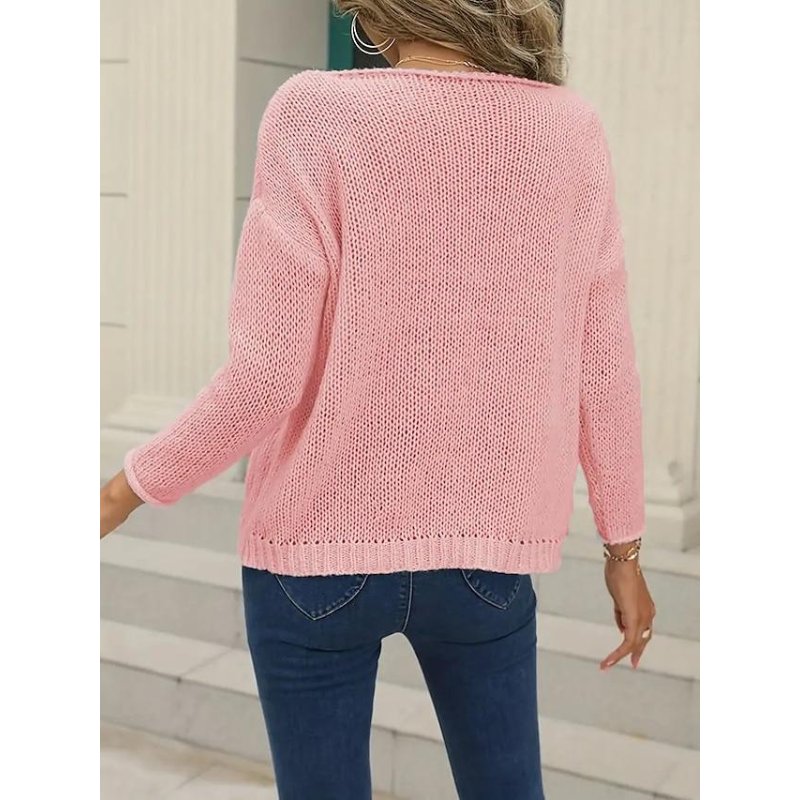Tag: clothing, fashion, industry, history, impact
The clothing industry has come a long way since its inception. From being a means for basic protection from environmental elements to becoming a reflection of one’s personality and style, it has evolved significantly over the years. Today, the global clothing market is worth trillions of dollars and continues to grow at a rapid pace.
Clothing has been an integral part of human life for centuries. In ancient times, people used animal skins and plant materials to cover their bodies for warmth and protection. As civilizations started developing, so did the need for better quality garments. With advancements in technology and trade routes opening up between different regions, the textile industry began to flourish.
During the Middle Ages in Europe, fashion became more prominent as social classes emerged based on wealth and status. This led to more elaborate and intricate designs being created by skilled artisans using luxurious fabrics like silk and velvet. However, mass production of clothes didn’t begin until the Industrial Revolution in the 18th century when machines were introduced into factories.
The 20th century saw significant changes in fashion with designers like Coco Chanel revolutionizing women’s wear by introducing practical yet stylish outfits made from comfortable materials such as jersey knit fabric. The rise of ready-to-wear collections also made fashionable clothing accessible to people from all backgrounds.
In recent decades, there has been an increasing focus on sustainability within the clothing industry due to concerns about its impact on the environment. Fast-fashion trends have resulted in excessive waste generation while unethical labor practices have come under scrutiny. As a result, many brands are now adopting eco-friendly practices such as using organic cotton or recycled fibers.
Today’s clothing choices go beyond just aesthetics; they reflect personal values too. Activewear is gaining popularity as people prioritize comfort while working out or engaging in outdoor activities instead of following restrictive dress codes set by society. Gender-neutral fashion has also emerged as a movement promoting inclusivity and breaking gender stereotypes.
The clothing industry’s impact on human life is undeniable. It provides employment to millions of people worldwide, boosts economies, and allows individuals to express themselves through their outfit choices. However, it also has its drawbacks in terms of environmental degradation and unethical practices.
In conclusion, the evolution of the clothing industry has been fascinating to witness. From ancient times when clothes were solely for practical purposes to modern times where they are an integral part of one’s identity, fashion continues to evolve with changing societal values and technological advancements. As consumers become more conscious about their purchasing decisions, it is crucial for the industry to adapt accordingly while striving towards a sustainable future.

